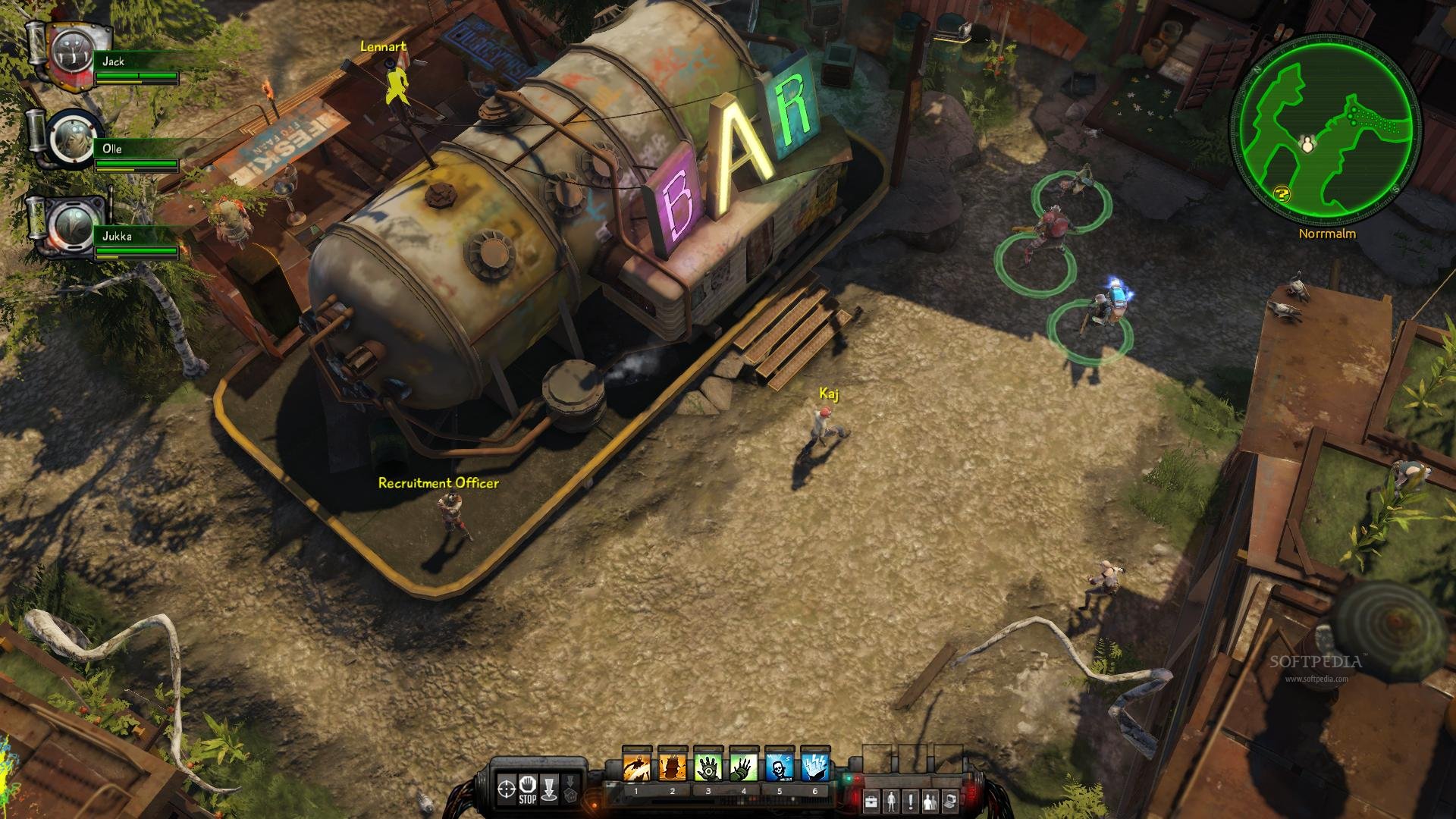


Like this krater, the majority were discovered in graves, where large vessels were sometimes used as containers for the cremated remains of the deceased. During the 6th and 5th centuries B.C., significant quantities of Athenian pottery were exported to Gela, peaking around the mid-5th century. The krater is one of a distinct group of large Athenian vases with elaborate Amazonomachy scenes, which may have been inspired by contemporary wall paintings. Mirroring the main scene, a secondary figural frieze on the neck depicts encounters between Greeks and another mythical race, the part-horse, part-human centaurs. Representing a collective endeavor of the Greeks against barbarian foes, the scene centers on a confrontation between a hero-possibly Achilles or Theseus-and a fallen Amazon. Museo Archeologico Regionale, Agrigento, Sicily

Mixing Vessel with Greeks Battling Amazons (detail), Greek, 475–450 B.C., attributed to the Niobid Painter. Decorated in the red-figure technique, its body is illustrated with a vivid battle between armored Greek warriors and their mythical female opponents, the Amazons, in a type of combat known as an Amazonomachy. A luxurious banquet vessel used for mixing wine with water, the krater stands almost 31 1/2 inches (80 centimeters) tall. The Mixing Vessel with Greeks Battling Amazons-known as the Gela Krater due to its discovery in Gela, a site in southern Sicily-is displayed in Stories of the Trojan War (Gallery 110) at the Getty Villa, where it joins other works of art that illustrate two epics by Homer, the Iliad and the Odyssey.Īttributed to the Niobid Painter (Greek, active about 470–445 B.C.), this monumental red-figured volute krater was produced in Athens between 475 and 450 B.C. Museo Archeologico Regionale, Agrigento, SicilyĪn important work from the Museo Archeologico Regional in Agrigento, Sicily, is on loan to the Getty Museum and will be on view through October 11, 2010. Mixing Vessel with Greeks Battling Amazons, Greek, 475–450 B.C., attributed to the Niobid Painter.


 0 kommentar(er)
0 kommentar(er)
